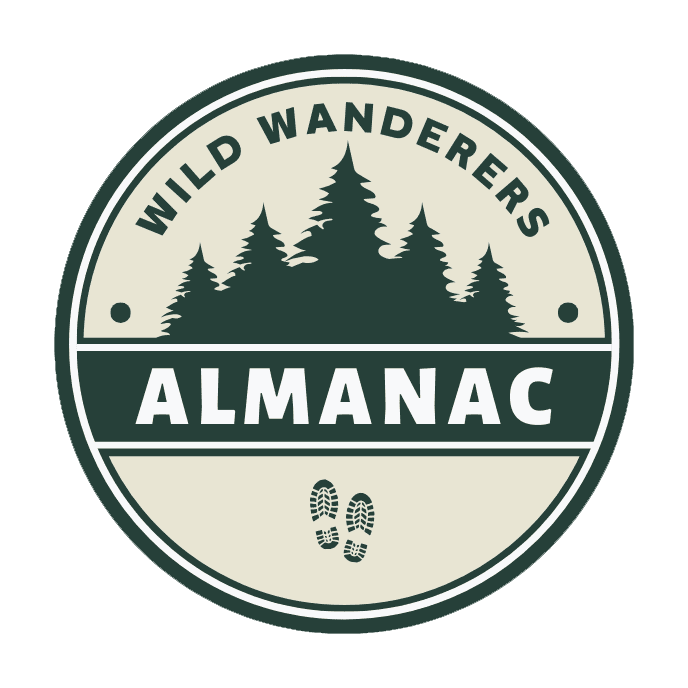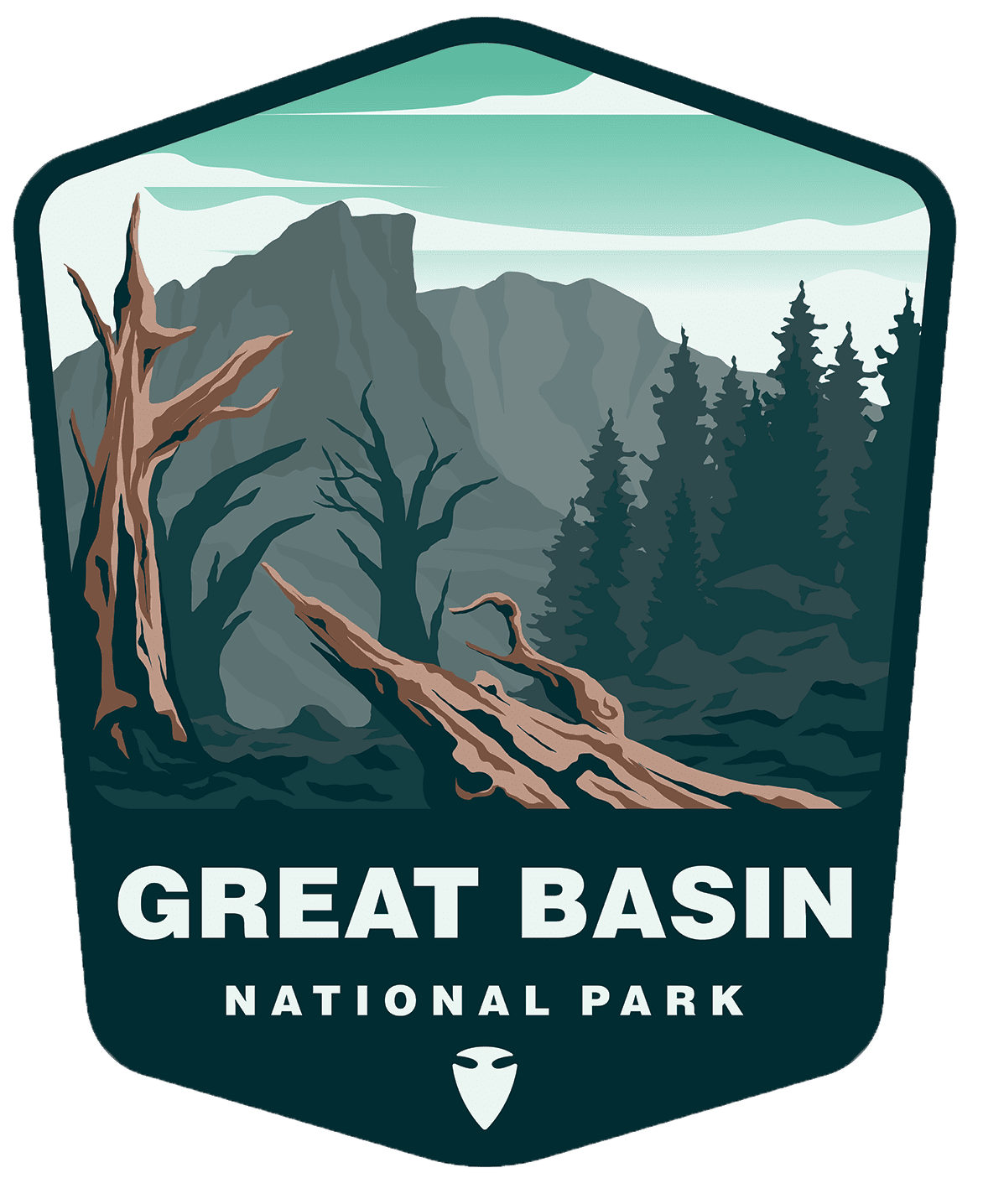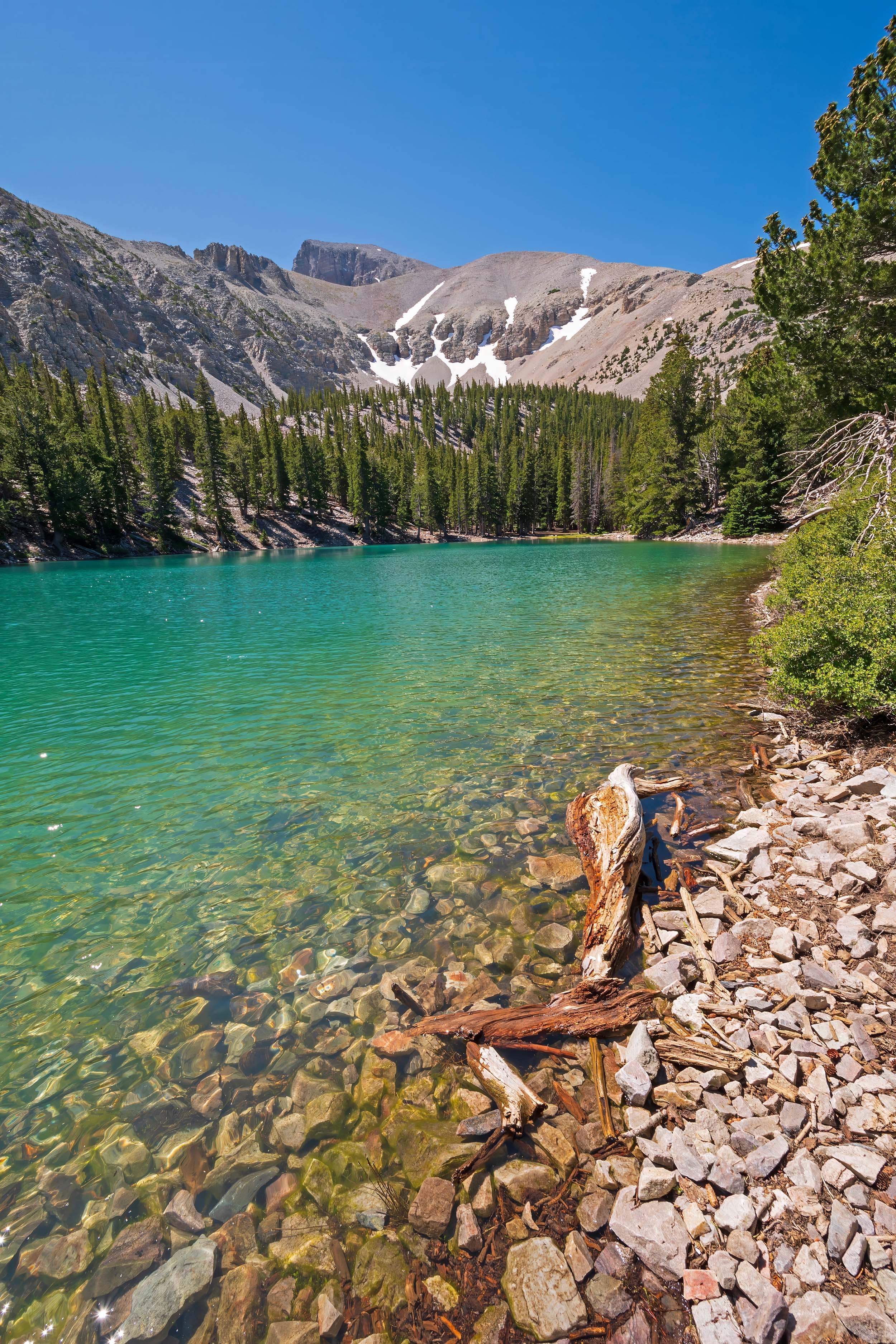Park Information Quick Facts
Location: Nevada
Park Size: 77,180 Acres
Time Needed: 1-2 days
Best Season: May to September
Must Do: Leham Caves
Pro Tips: Visit during the new moon phase to take full advantage of the park’s world-class stargazing.
Visitor Centers
Great Basin National Park has two visitor centers that serve as excellent starting points for exploring the park: the Great Basin Visitor Center and the Lehman Caves Visitor Center. The Great Basin Visitor Center, located in the town of Baker, Nevada, provides an overview of the park’s unique ecosystems, geology, and history through engaging exhibits and interactive displays. It is a great place to learn about the region’s ancient bristlecone pines, desert landscapes, and the cultural significance of the Great Basin area. Rangers at this center offer valuable insights, trail recommendations, and updates on current park conditions. It’s also the spot to pick up maps, souvenirs, and information on nearby attractions.
Plan Your Great Basin Adventure Today!
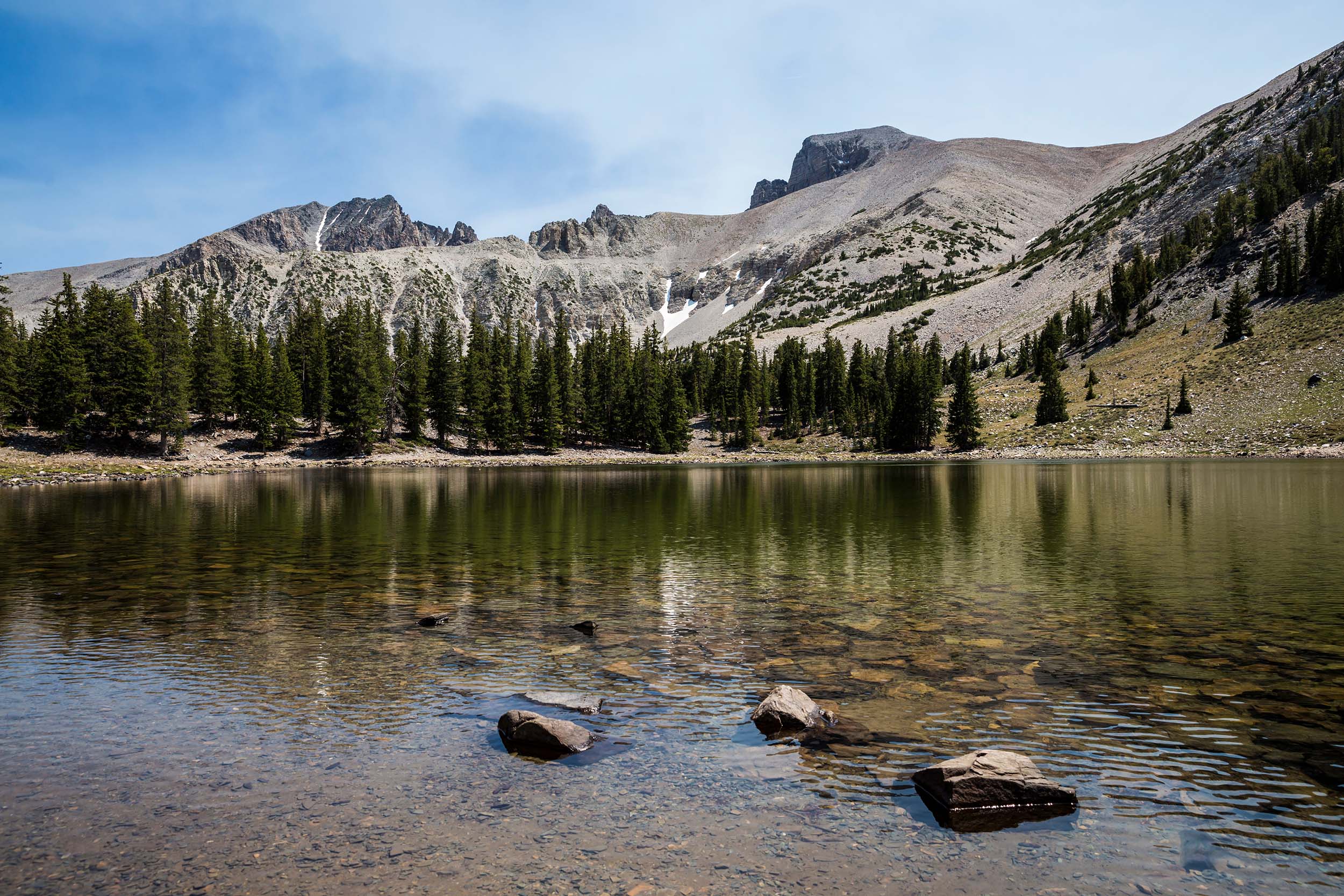
Getting There
How to Travel to Great Basin National Park
Reaching Great Basin National Park requires careful planning, as its remote location ensures an off-the-beaten-path adventure. The nearest major airports are Salt Lake City International Airport in Utah and McCarran International Airport in Las Vegas, Nevada, both approximately 4-5 hours away by car. Renting a car is essential, as there is no public transportation to or within the park. From Salt Lake City, take Interstate 80 west to Wendover, then head south on US-93 and US-6. From Las Vegas, follow US-93 north to Ely, Nevada, then take US-50 east to the town of Baker, the gateway to the park. These routes offer scenic views of Nevada’s desert and mountain landscapes, making the journey part of the adventure.
For visitors driving from nearby states, US-50, known as the “Loneliest Road in America,” provides a memorable route with minimal traffic and striking scenery. Along the way, small towns like Ely and Delta offer opportunities to refuel, stock up on supplies, and enjoy local attractions. Be sure to fill up your gas tank before heading into the park, as services in the area are limited. Roads leading to Great Basin National Park are well-maintained, but higher elevations may be subject to snow or ice during the winter months, so check weather conditions before your trip.
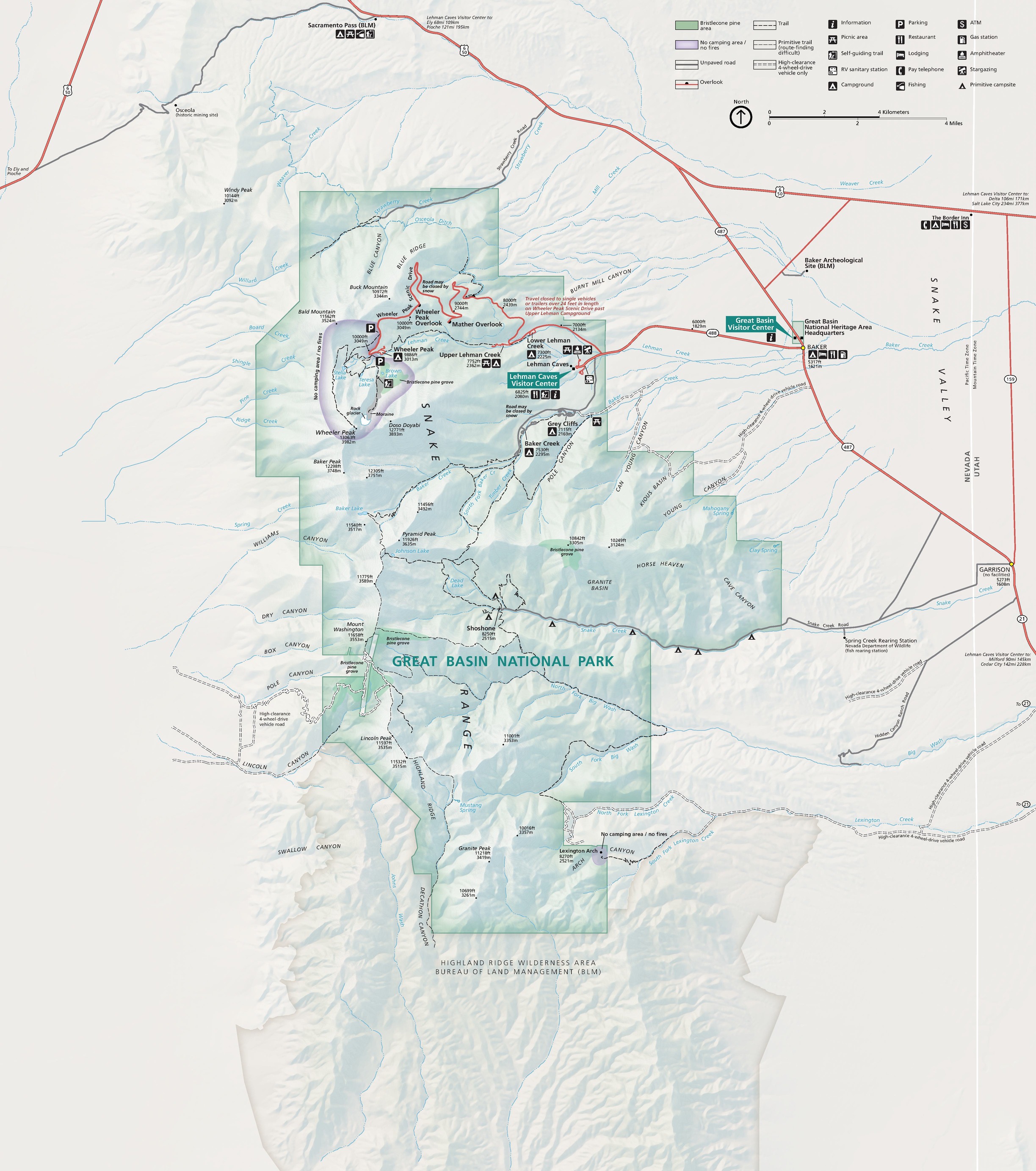
Camping
Upper Lehman Creek Campground
- Elevation: 7,752 feet
- Details: Open year-round, this campground offers 22 sites suitable for tents and smaller RVs. It is located near Lehman Creek and is close to the Lehman Caves Visitor Center. Sites include picnic tables, fire pits, and vault toilets, but no hookups. Water is available seasonally.
Lower Lehman Creek Campground
- Elevation: 7,530 feet
- Details: This 11-site campground is also open year-round and ideal for those seeking proximity to Lehman Caves. Sites accommodate tents and small RVs, with similar amenities to Upper Lehman Creek.
Wheeler Peak Campground
- Elevation: 9,886 feet
- Details: Accessible seasonally, this high-elevation campground features 37 sites for tents only. It offers stunning views of Wheeler Peak and access to alpine trails like the Bristlecone Pine and Glacier Trail. Vault toilets are available, but no water, so campers should bring their own supply.
Baker Creek Campground
- Elevation: 7,530 feet
- Details: This quiet, scenic campground has 37 sites for tents and RVs. It is situated near Baker Creek, with trailheads leading into the backcountry. Amenities include vault toilets, picnic tables, and fire rings, with water available seasonally.
Grey Cliffs Campground
- Elevation: 7,100 feet
- Details: Featuring 16 sites, this lesser-used campground provides a quieter experience. It’s suitable for tents and smaller RVs, with vault toilets and seasonal water availability.
Strawberry Creek Campground
- Elevation: 7,800 feet
- Details: Located in a more remote part of the park, this campground offers a peaceful setting with 8 sites for tents only. Vault toilets are available, but there is no water, so campers must bring their own.
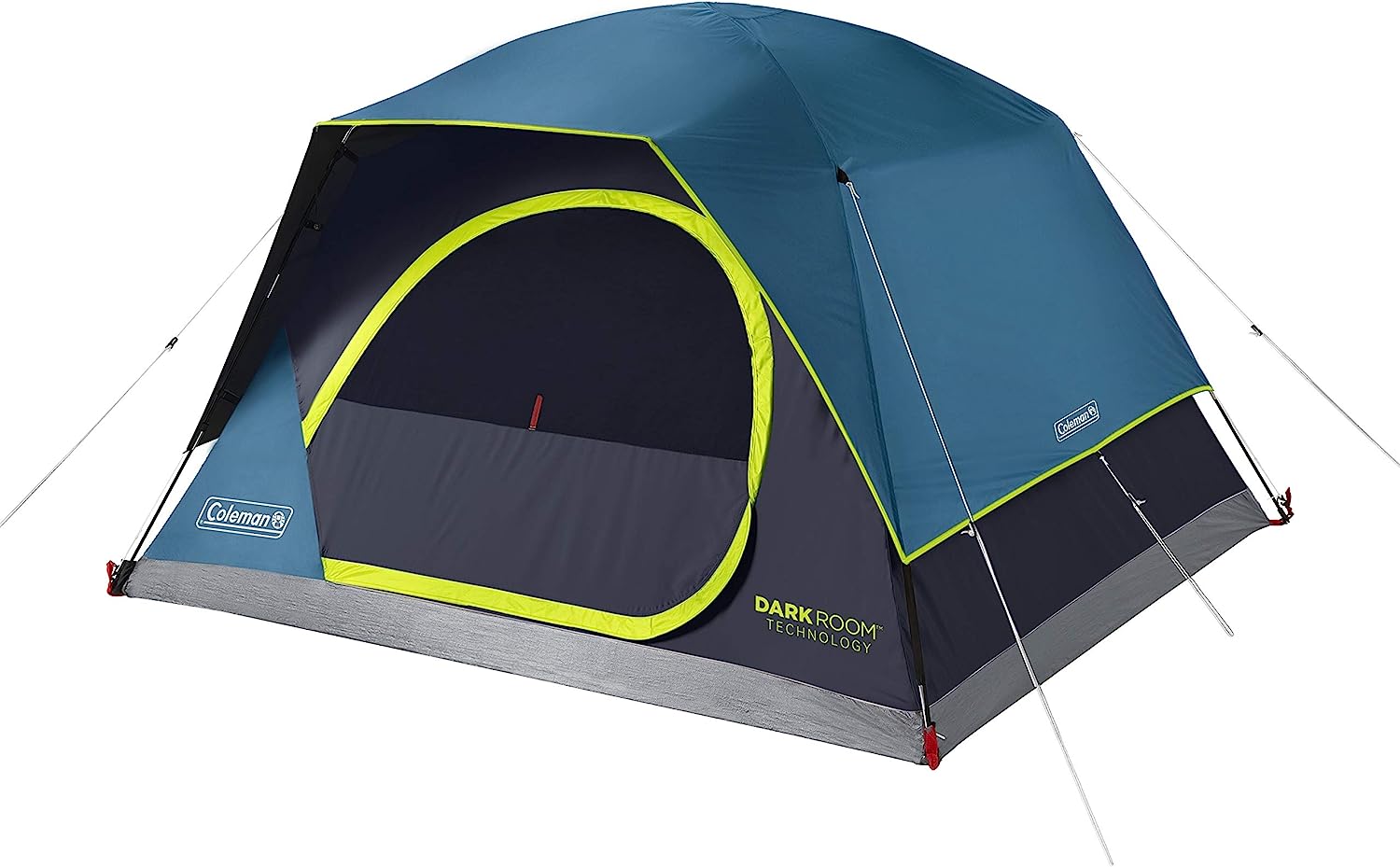
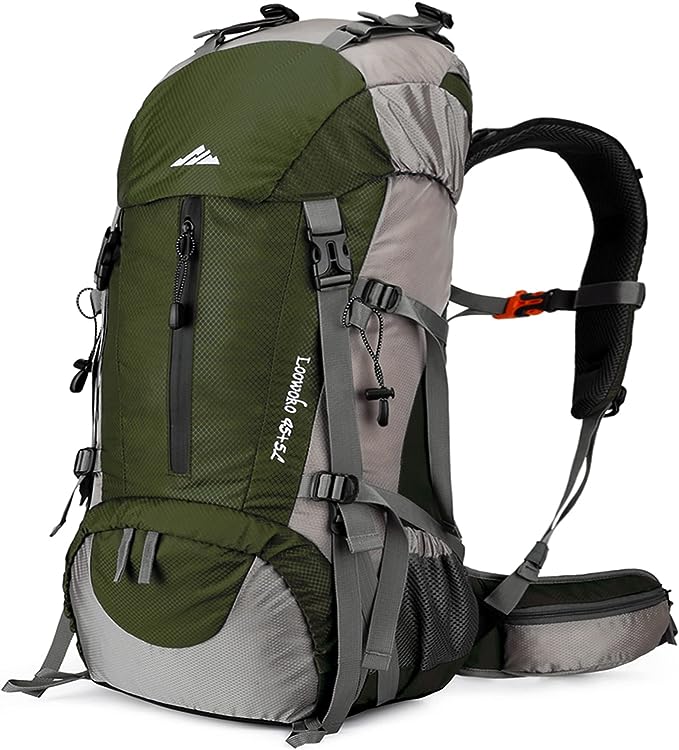
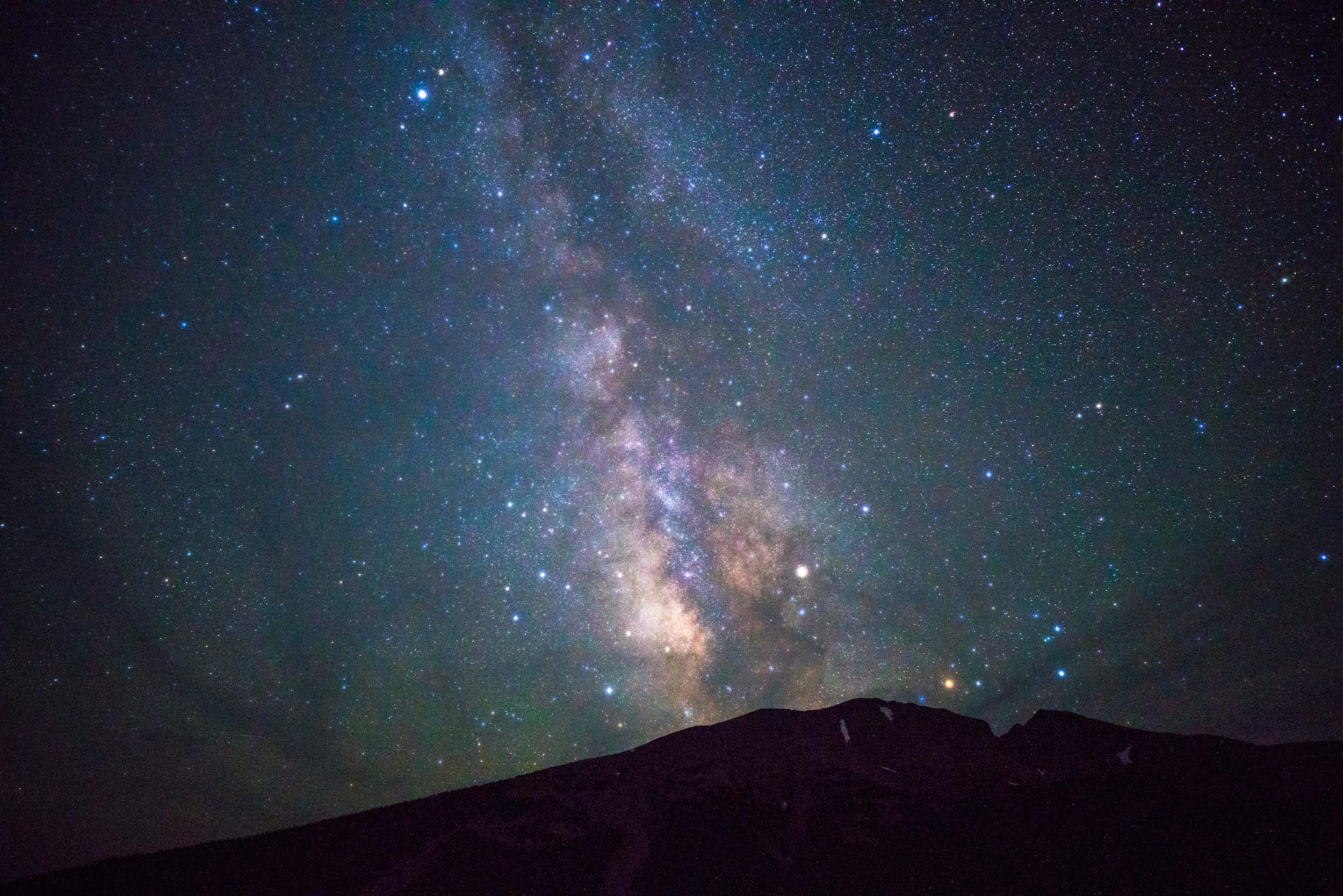
-
Prepare for Changing Weather: Great Basin National Park spans a range of elevations, and temperatures can vary significantly, even in summer. Bring layers, including a warm jacket, as nights can be chilly, especially at higher elevations like Wheeler Peak Campground. Check weather conditions before your trip, and be prepared for sudden changes, including rain or snow.
-
Practice Leave No Trace Principles: The park’s remote and pristine environment relies on visitors to minimize their impact. Pack out all trash, avoid disturbing wildlife, and use designated fire pits for campfires. If you’re camping at a site without water, bring enough for drinking, cooking, and cleaning to reduce your environmental footprint.
-
Embrace the Dark Skies: Great Basin National Park is renowned for its exceptional stargazing. Bring a telescope or binoculars, or simply lay back and enjoy the view with the naked eye. Avoid using bright lights or flashlights to preserve night vision; instead, use red lights or cover your flashlight with red cellophane for a stargazing-friendly experience.
Popular Hiking Trails
Bristlecone Pine Trail
- Distance: 2.8 miles round trip
- Elevation Gain: ~600 feet
- Difficulty: Moderate
- Details: This trail takes hikers to a grove of ancient bristlecone pines, some over 3,000 years old.
Alpine Lakes Loop Trail
- Distance: 2.7 miles round trip
- Elevation Gain: ~600 feet
- Difficulty: Moderate
- Details: This scenic loop passes Stella and Teresa Lakes, offering serene views and opportunities to spot wildlife.
Wheeler Peak Summit Trail
- Distance: 8.6 miles round trip
- Elevation Gain: ~2,900 feet
- Difficulty: Strenuous
- Details: This challenging trail ascends to the summit of Wheeler Peak (13,063 feet), offering panoramic views of the Great Basin.
Lehman Creek Trail
- Distance: 6.8 miles round trip
- Elevation Gain: ~1,800 feet
- Difficulty: Moderate to strenuous
- Details: Following Lehman Creek, this trail connects the Upper and Lower Lehman Creek Campgrounds to Wheeler Peak Scenic Drive.
Baker Lake Trail
- Distance: 12.0 miles round trip
- Elevation Gain: ~2,600 feet
- Difficulty: Strenuous
- Details: Starting at the Baker Creek Trailhead, this trail leads to the secluded Baker Lake, surrounded by high peaks.
Johnson Lake Trail
- Distance: 8.0 miles round trip
- Elevation Gain: ~2,200 feet
- Difficulty: Strenuous
- Details: Beginning at the Baker Creek Trailhead, this trail climbs to Johnson Lake, offering views of historic mining remnants along the way.
Osceola Ditch Trail
- Distance: 4.2 miles one way
- Elevation Gain: ~600 feet
- Difficulty: Easy to moderate
- Details: This historical trail follows the Osceola Ditch, built in the late 1800s to carry water to gold mines.
Mountain View Nature Trail
- Distance: 0.3 miles loop
- Elevation Gain: Minimal
- Difficulty: Easy
- Details: Located near the Lehman Caves Visitor Center, this short loop is perfect for families and features interpretive signs about the park’s flora and fauna.
Serviceberry Trail
- Distance: 1.0 mile loop
- Elevation Gain: Minimal
- Difficulty: Easy
- Details: This easy trail loops through sagebrush and piñon-juniper woodland, offering views of the surrounding desert landscape. It’s accessible from the Baker Creek area.
Glacier Trail
- Distance: 4.6 miles round trip
- Elevation Gain: ~1,100 feet
- Difficulty: Moderate to strenuous
- Details: Starting from the Bristlecone Pine Trail, this trail leads to the base of Wheeler Peak’s glacier, one of the southernmost glaciers in North America.
Hiking Trails in Great Basin National Park
Hiking trails at Great Basin National Park offer a diverse range of experiences, from serene nature walks to challenging alpine adventures. For a glimpse into the park’s ancient history, the Bristlecone Pine Trail is a must. This moderate 2.8-mile round-trip hike leads to a grove of bristlecone pines, some of the oldest living organisms on Earth, nestled in a breathtaking alpine setting. Another popular option is the Alpine Lakes Loop Trail, a 2.7-mile loop that passes Stella and Teresa Lakes, providing stunning views of crystal-clear waters surrounded by lush meadows and mountain peaks.
For seasoned hikers seeking a challenge, the Wheeler Peak Summit Trail offers a strenuous but rewarding climb to the park’s iconic Wheeler Peak at 13,063 feet. Spanning 8.6 miles round trip with nearly 3,000 feet of elevation gain, the trail rewards hikers with panoramic views of the Great Basin and beyond. The Glacier Trail, accessible via the Bristlecone Pine Trail, is another high-altitude adventure. This 4.6-mile trek takes you to the base of Wheeler Peak’s glacier, showcasing dramatic alpine landscapes and the southernmost glacier in the U.S.
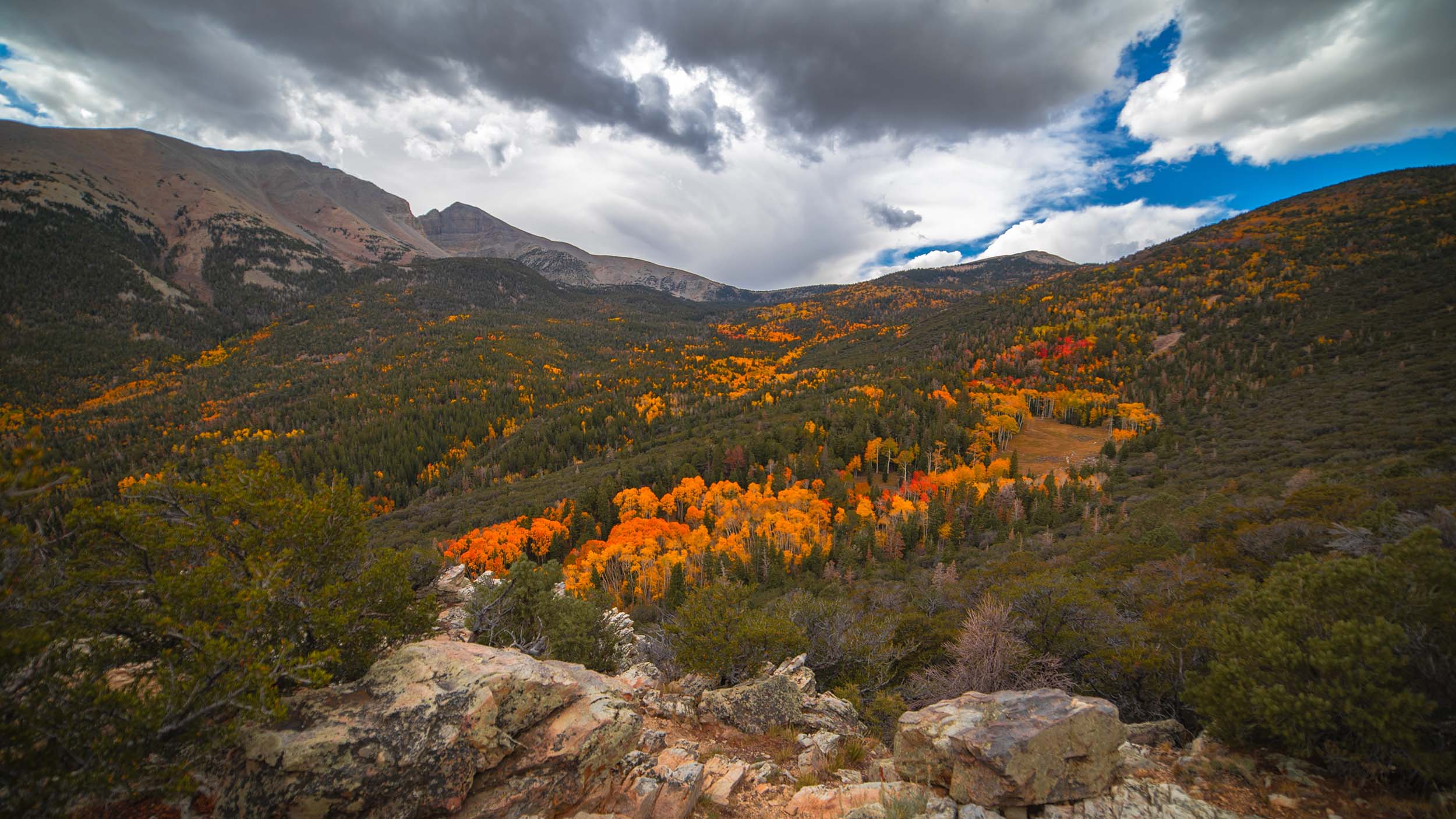
Wildlife at the Park
Great Basin National Park is home to a diverse array of wildlife that thrives in its varied ecosystems, from desert lowlands to alpine peaks. The park’s higher elevations provide habitat for species such as the mule deer, mountain lions, and elk, which are often spotted grazing in meadows or along forest edges. Smaller mammals like pikas and yellow-bellied marmots inhabit the rocky slopes of Wheeler Peak, while the rocky mountain elk is a frequent sight in the park’s open meadows. The park’s rich biodiversity makes it an excellent destination for wildlife enthusiasts and photographers.
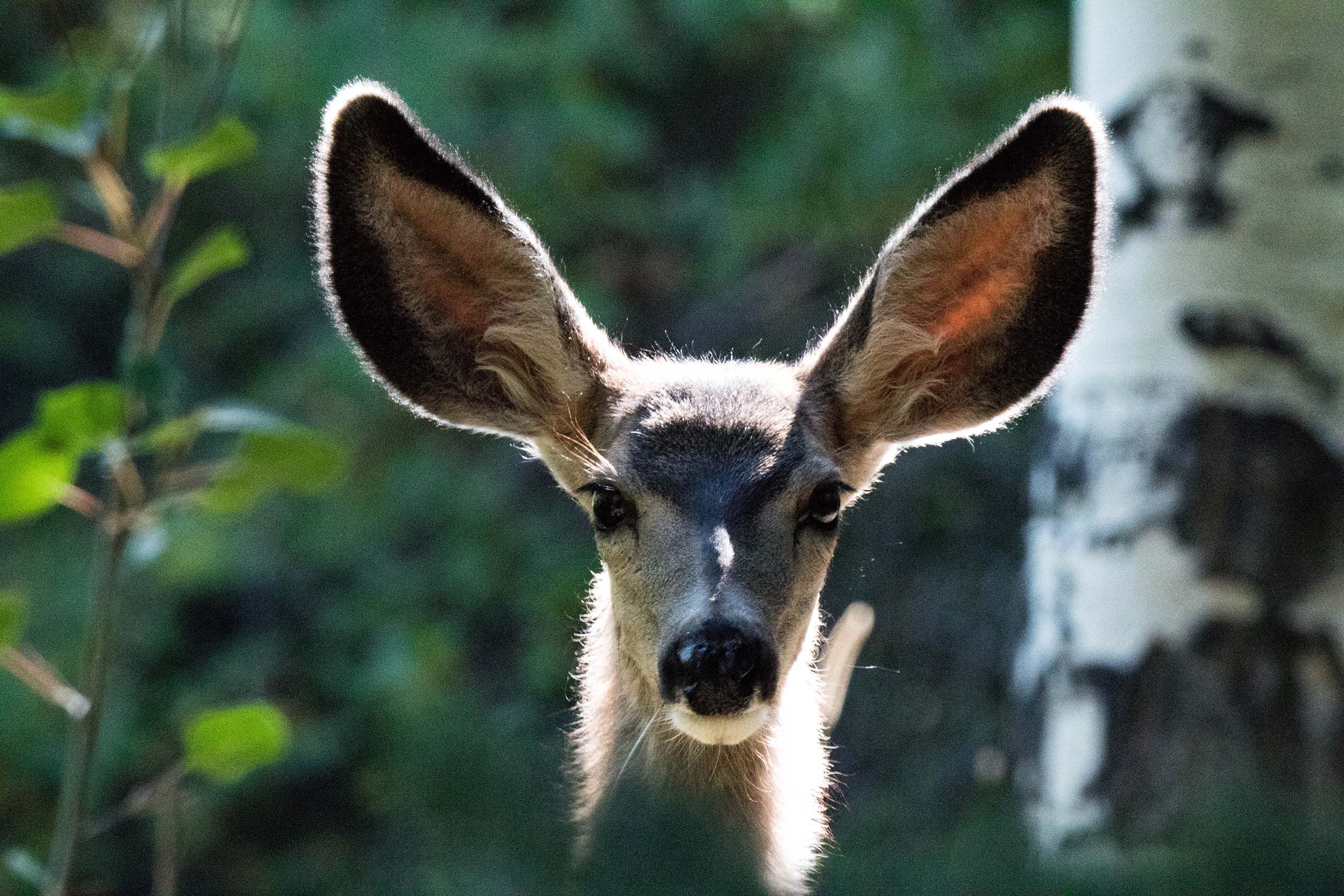
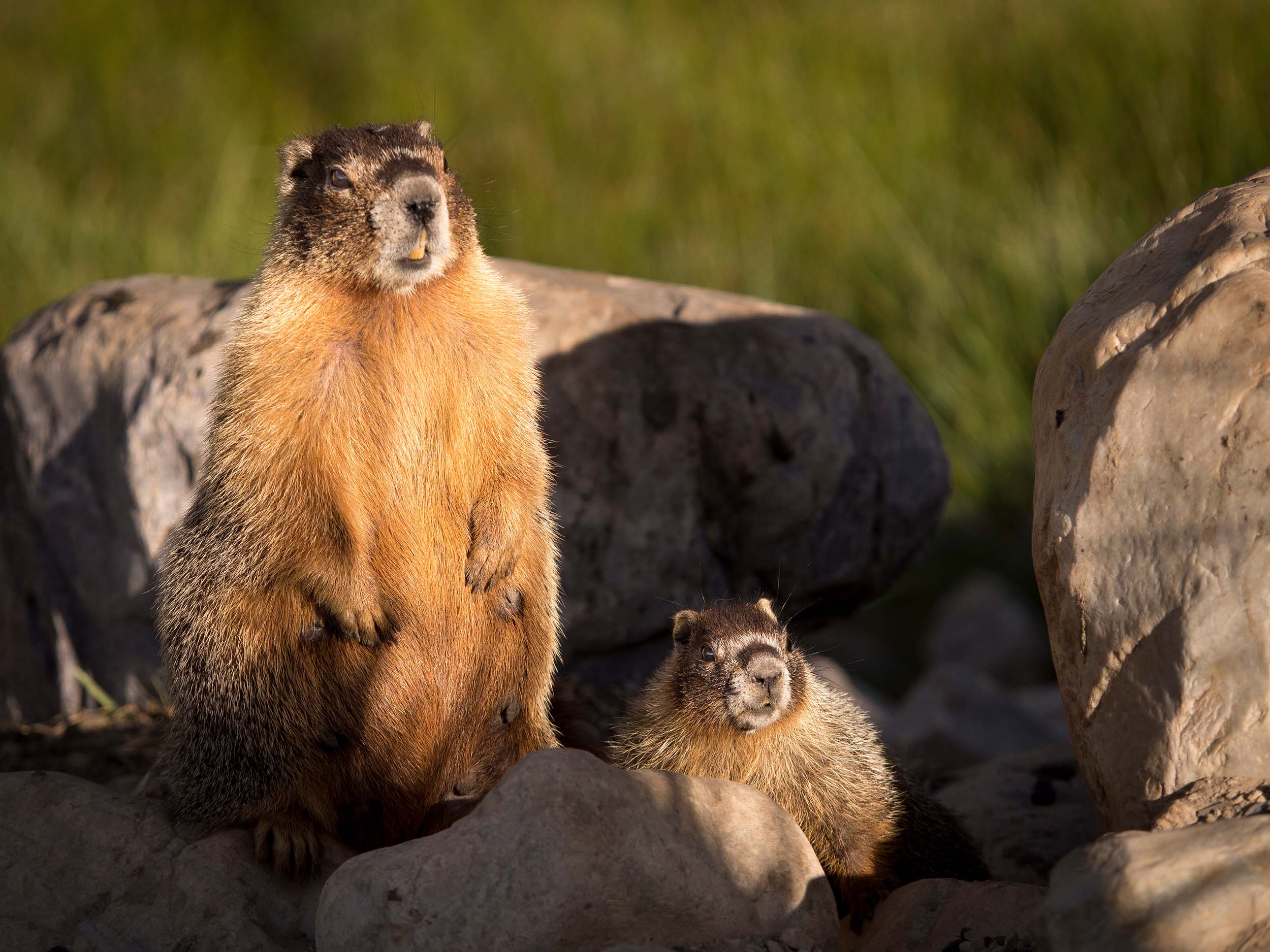
Birdwatchers will find plenty to appreciate at Great Basin, with over 200 species of birds recorded in the park. Golden eagles soar above the rugged mountains, while red-tailed hawks and falcons can be spotted hunting in the open sky. Migratory species, such as the Western tanager and mountain bluebird, pass through the park, adding color to the landscape. In the wetlands around Lehman Creek and other water sources, you may also spot American dippers, Kingfishers, and other waterfowl, which rely on the park’s clean, flowing streams.
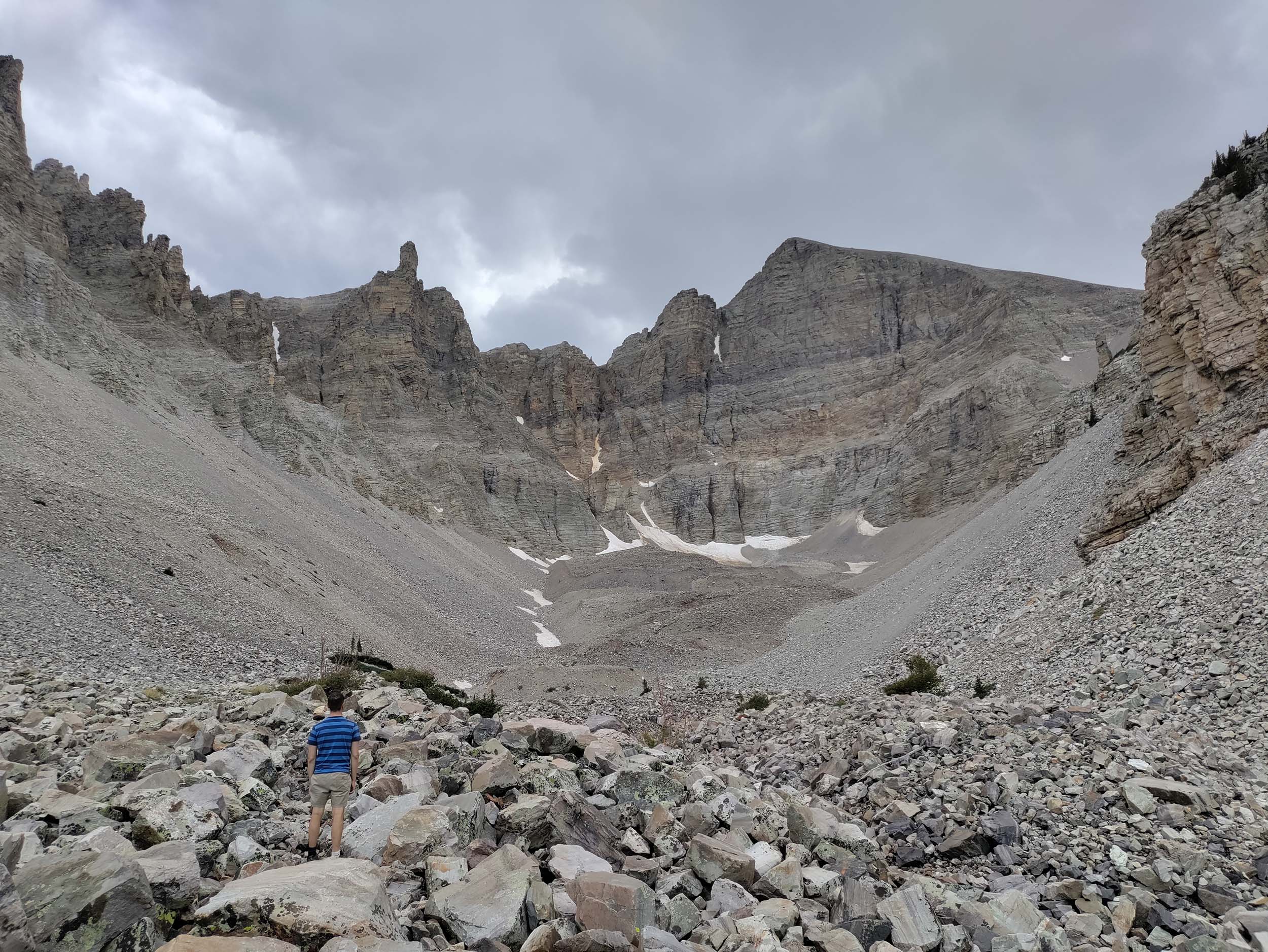
Gear We Used

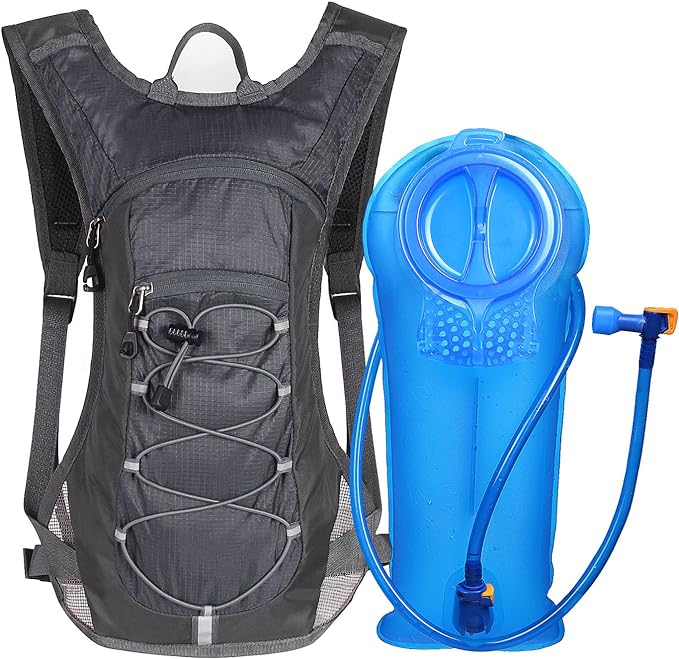
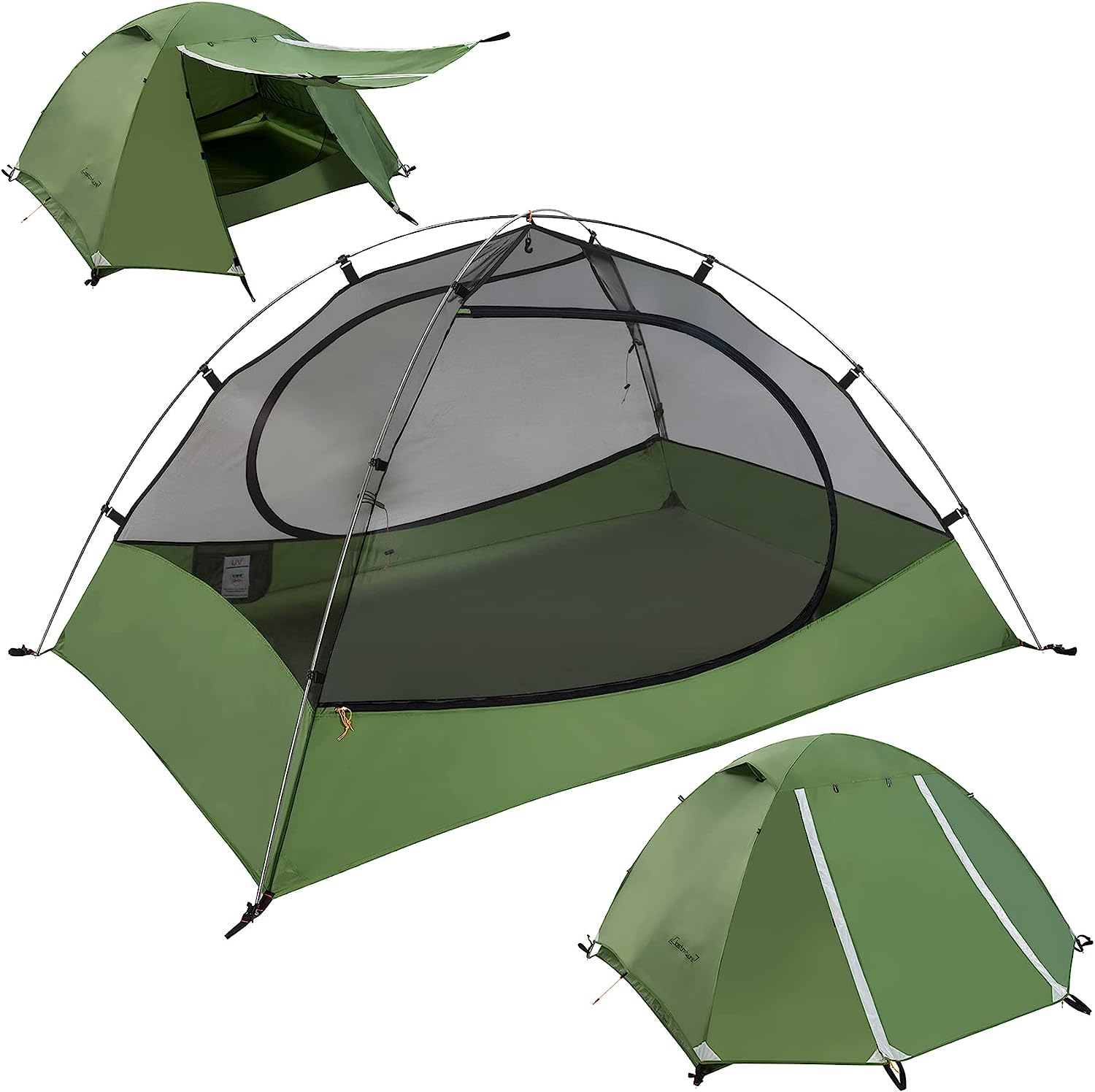
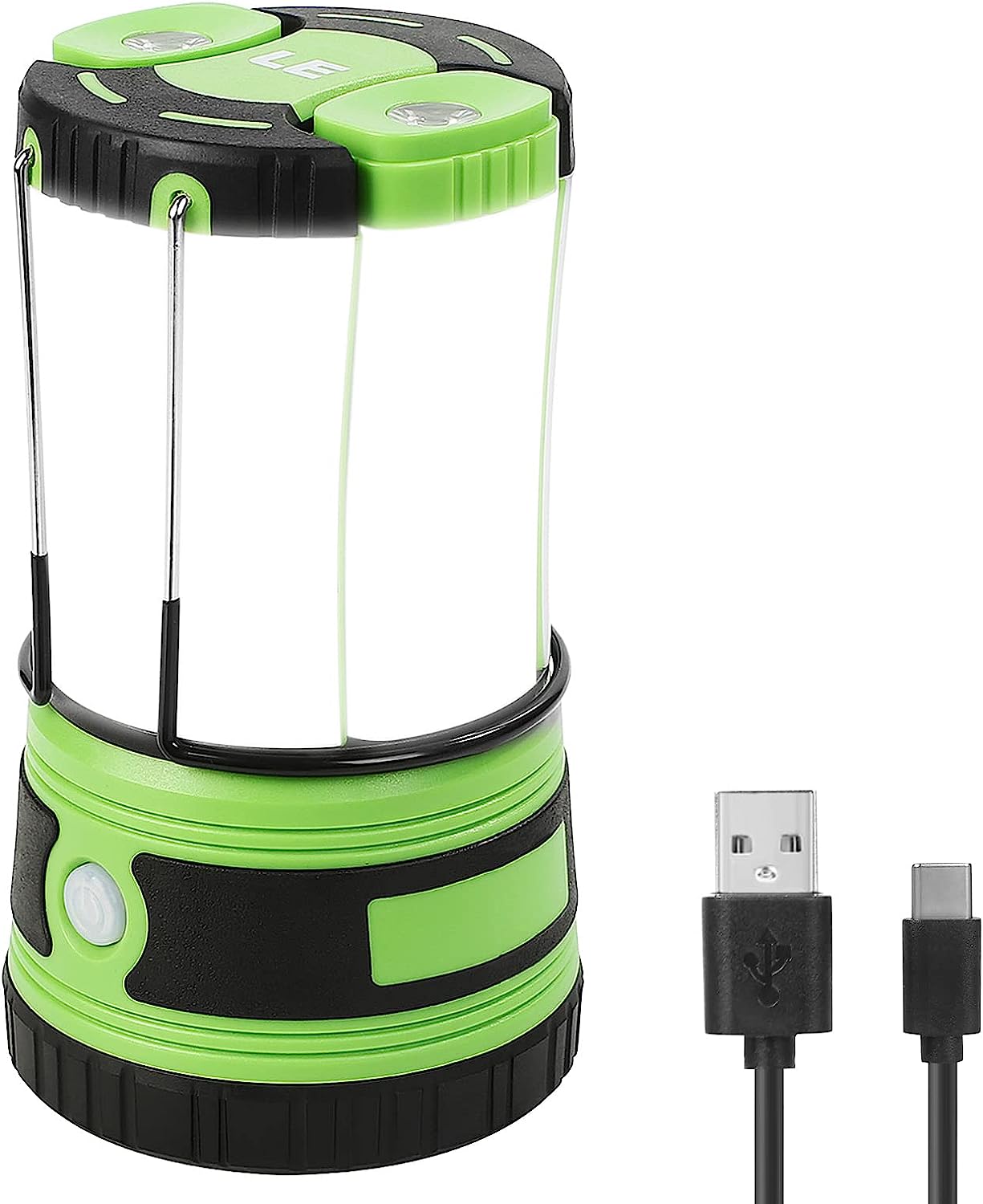
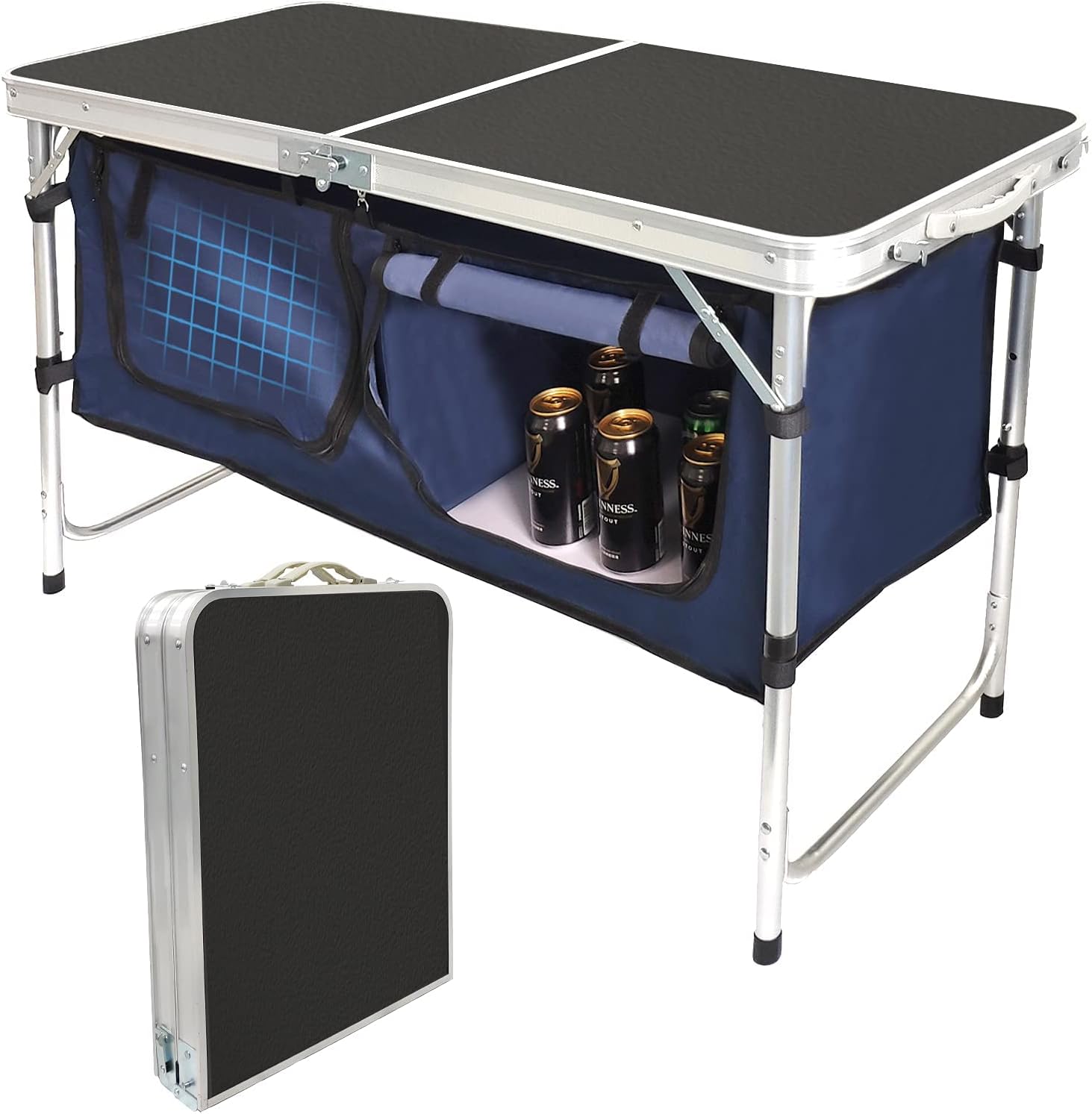
Must-Do Activities
Explore Lehman Caves
Take a guided tour of this stunning limestone cave system to marvel at its intricate formations, such as stalactites, stalagmites, and rare shield formations. It’s an unforgettable way to learn about the park’s geology.
Stargaze Under the Dark Skies
Great Basin is an International Dark Sky Park, offering some of the clearest night skies in the U.S. Spend an evening stargazing or join a ranger-led astronomy program to view the Milky Way, planets, and meteor showers.
Hike to Wheeler Peak Summit
Challenge yourself with a hike to the summit of Wheeler Peak, the park’s highest point at 13,063 feet. The strenuous hike offers stunning views and a sense of accomplishment once you reach the top.
Great Basin National Park History
The history of Great Basin National Park is deeply intertwined with the rich cultural and natural heritage of the region. Long before the establishment of the park, the area was inhabited by Native American tribes, including the Paiute, Shoshone, and Goshute peoples. These tribes lived off the land, utilizing the diverse ecosystems for hunting, gathering, and trade. Archaeological evidence within the park, such as petroglyphs and remnants of ancient dwellings, showcases the long-standing connection between these indigenous people and the land.
In the 19th century, European settlers and explorers began to make their way through the Great Basin region, driven by the westward expansion of the United States. The discovery of gold and silver in the nearby mountains sparked mining activity, leading to the establishment of small towns like Baker, which served as the gateway to the park. Mining operations, such as those at the nearby Osceola Ditch, played a significant role in shaping the local economy and landscape. However, as resources dwindled and the industry slowed, many of these mining towns were abandoned, leaving behind remnants of the area’s past.
